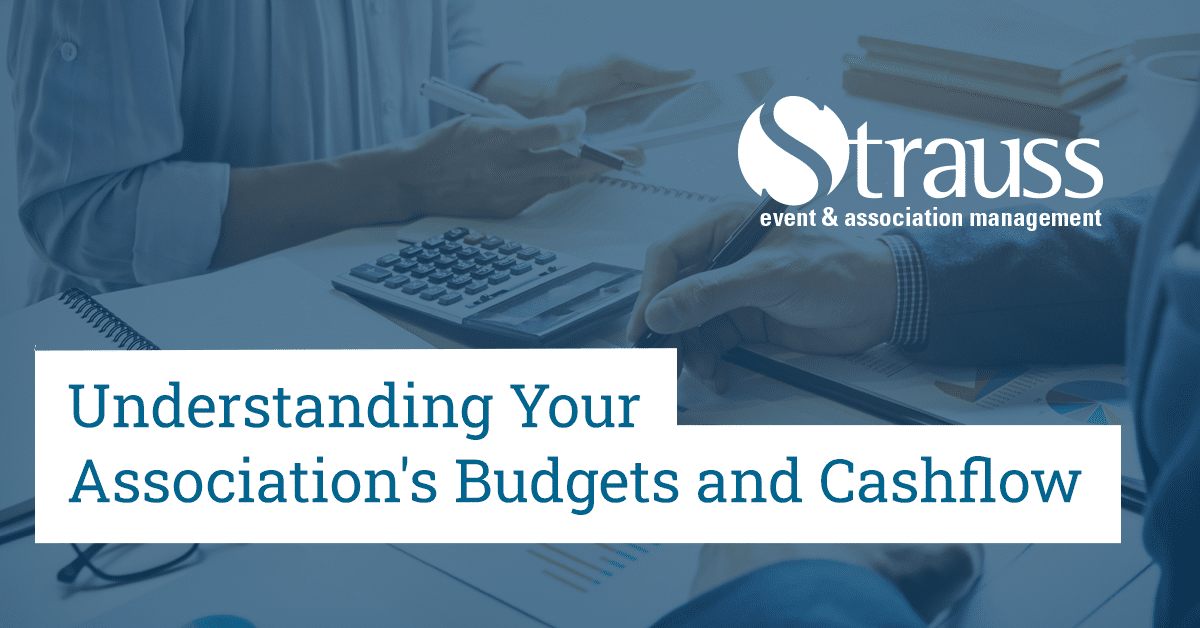It’s a New Year with new opportunities for your association. One of the key elements of a successful association is understanding your current budgets and cashflows. Here are some tips on how to effectively conduct a financial audit for your association.
An Effective Financial Audit
Having the capability to complete such an audit internally puts the association in a much stronger position when externally commissioned audits take place. It also discourages internally enabled fraud and keeps accounts up-to-date and in good order.
Review Internal Reporting Systems
Accounts and association finance details need to be accurate for a comprehensive audit to be carried out. If there’s an issue in the reporting cycle, it’s vital to hone in on this as quickly as possible. All documents, including invoices, receipts and bank statements, should be processed as soon as possible following their issue. If important pieces of data are not provided in good time, the internal accounting process itself becomes unreliable.
Check and Evaluate Data Storage Procedures
Electronic records of all transactions from the last financial year should be on file and readily available to keep things simple. Printed versions of this data would ideally have been copied in electronic form via scan or manual input.
Where there are archives of data from previous years, these should be just as easy to access. Under the Data Protection Act, personal information such as client data must only be kept ‘for as long as necessary.’
Review Accounting Systems and Processes
This step requires a steady and systematic approach. Navigate through each separate aspect of the accounting system to ensure that all necessary information is present.
Keep a close eye out for mistakes made through human error – it’s likely you’ll detect at least one. The accounting system should ideally incorporate software to detect mistakes made in human input and correct them.
Gauge the Current Threats of Fraud and Risk
Which internal controls are currently in place to guard against financial risk for your association? Where are the weak points, and how can these be dealt with quickly?
Firmly and clearly establish who holds the power and information to access financial records and how each process is safeguarded to prevent thefts and discourage fraud. Customer confidentiality is a primary consideration, and the prospect of data leaks and tampering must not go un-investigated by the association.
Compare Internal and External Records
While the scope of the audit should not reach that of separate external auditing, it’s important to be sure that financial data presented to association members, Board members, and other key audiences match what’s happening behind the scenes.
Check (and, double-check!) the figures listed on internally published Balance Statements, Income Statements Reports, and General Ledgers match those presented to key stakeholders in the association. Directly compare purchase receipts from suppliers with internal records of these transactions, where applicable, to ensure that they present the same information.
Examine Tax Returns, Reports, and Records
The length of time for which tax records must be kept on file varies from country to country – in Canada, it’s six years from the submission of the tax return. Check the tax reports submitted tally with internal records of returns and tax paid. Pay closer attention to key areas such as expenses or annual revenues.
As outlined above, understanding your association’s budgets and cashflow from the get-go can help to ensure a smooth, well-planned and successful year.

